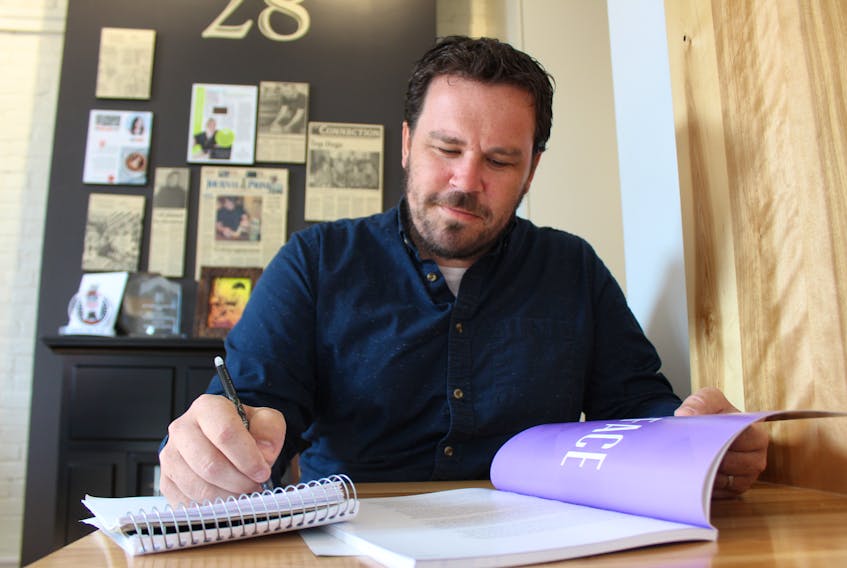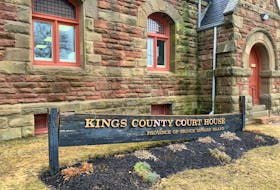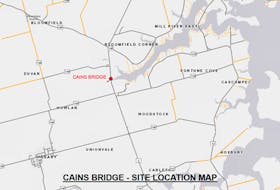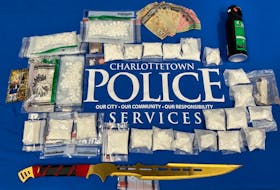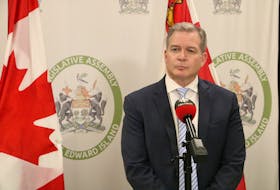SUMMERSIDE, P.E.I. — A math literacy book written by an Island educator has hit the shelves.
David Costello, vice-principal of Greenfield Elementary in Summerside, has authored a book, “Using What Works - Strategies for Developing a Literacy-Rich Environment", through Rubicon Publishing.
Costello has spent the better part of his career helping instructors further their teaching abilities. With a doctorate in education, Costello has been a leader in elementary-level math at the public-school board.
Through his work, Costello saw a need in the classroom. His book is a compilation of strategies teachers can use to help students improve.
“For many years, my career was focused on supporting teachers in their professional learning on math. I wanted to provide a resource I didn’t see out there – something that could make their work manageable and make subtle changes in their teachings.”
Costello’s book became a passion project after he saw a connection between teaching literacy and teaching math.
"I saw that many of the structural practices we use in literacy can be applied in math. I’ve been writing it off and on. I would think up a strategy, draft it and tuck it aside. It started as something to do on the weekends.”
Costello’s book is broken down into three parts of what he thinks are key components in a teacher’s education tactics.
“The first is instructional practices, how teachers can approach math from an instruction point of view. The second is what we hope the student approaches the math problem and how they engage in the mathematical task. The third is the way the teacher can structure the classroom, whether it be physical space or its resources.”
Although the techniques are targeted for kindergarten to Grade 6, Costello says the book can be used to teach any level of math. He hopes tit will be a tool for teachers to adapt and develop their skills.
“It’s a book meant to be picked up and not just read front to back. They can open it and if there is a specific strategy needed, they can go directly there. I wanted to make something that could be at a teacher’s fingertips.”
Costello has been to numerous math conferences with his book, including the Ontario Mathematics Education Association (OAME) where he released the tome in May.
He is also set to be a speaker at this year’s P.E.I. Teachers' Federation convention in November.
Sandra Jay, principal of Greenfield Elementary, has been a keen supporter of Costello's work.
“I first heard about the book in the fall of last year. He’s quite modest about it, but we were all excited about him finishing such a project.”
Jay has yet to finish reading the book, but she said she has a strong sense of how the techniques could be impactful in the classroom.
“I like the premise; he’s making a connection between literacy instruction to a math-rich environment. I know at my school we’re going to be having a good look into this resource. We’re excited to have someone in our system who has produced such a great book and we should definitely take advantage of that.”
Jay said Costello is an asset to Island schools.
“With David’s work and expertise, we have a real opportunity here in this province for a strong instructional leadership. He’s done great research into math and math instruction.”
Going "eraser-free"
Costello's eraser-free is a strategy when a teacher requests their students to keep all their work, rather than erasing the mistakes they make as they work on a math problem.
This tactic is to help the teacher see the student’s thought process, where their thinking changed and everything leading up to the student’s final work.
“It’s valuing the process, as well as the product,” said Costello.

